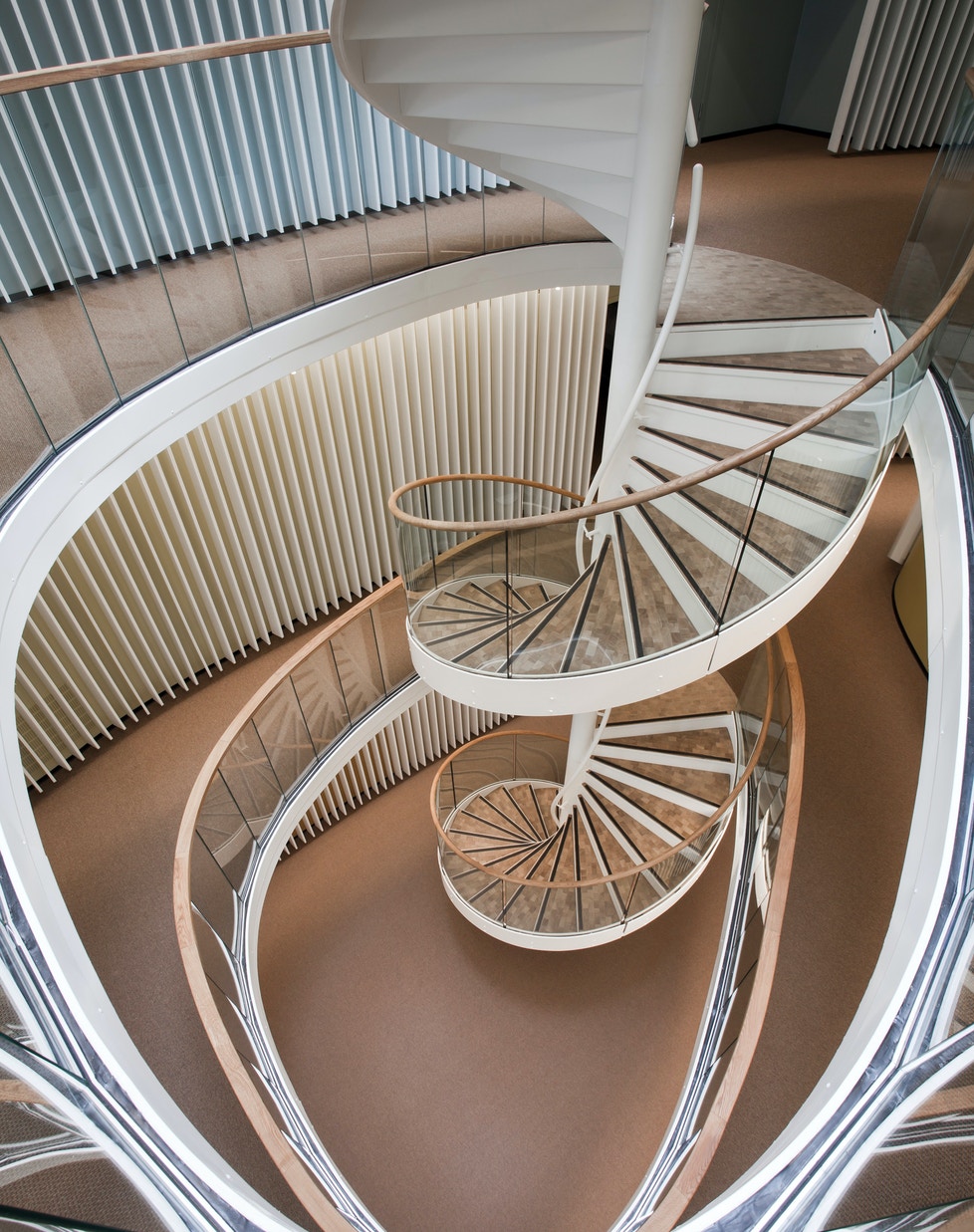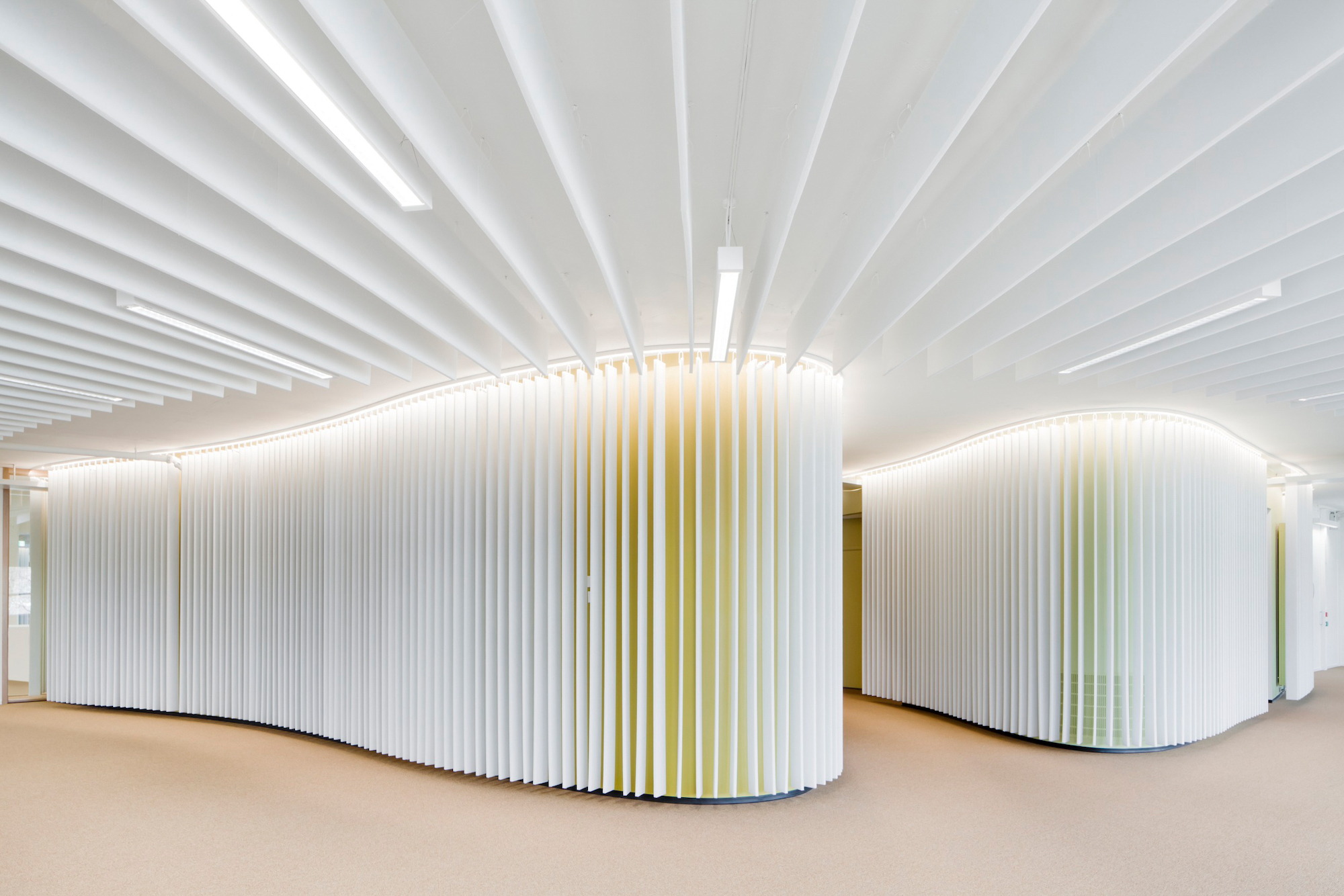07
Ensure access to affordable, reliable, sustainable and modern energy for all
Energy is central to nearly every major challenge and opportunity the world faces today. Be it for jobs, security, climate change, food production or increasing incomes, access to energy for all is essential. Working towards this goal is especially important as it interlinks with other Sustainable Development Goals. Focusing on universal access to energy, increased energy efficiency and the increased use of renewable energy through new economic and job opportunities is crucial to creating more sustainable and inclusive communities and resilience to environmental issues like climate change.
At the current time, there are approximately 3 billion people who lack access to clean cooking solutions and are exposed to dangerous levels of air pollution. Additionally, slightly less than 1 billion people are functioning without electricity and 50% of them are found in Sub-Saharan Africa alone. Fortunately, progress has been made in the past decade regarding the use of renewable electricity from water, solar and wind power and the ratio of energy used per unit of GDP is also declining.
However, the challenge is far from being solved and there needs to be more access to clean fuel and technology, and more progress needs to be made regarding integrating renewable energy into end-use applications in buildings, transport and industry. Public and private investments in energy also need to be increased and there needs to be more focus on regulatory frameworks and innovative business models to transform the world’s energy systems.
THIS GOAL AND ARCHITECTURE
The built environment is a major source of energy consumption and a potentially crucial energy producer.
Buildings must be designed both to limit energy consumption, for example by using materials and layouts that minimise overheating, and to produce and recycle energy, for example by storing excess heat during the day and employing it at night. This means designing and constructing buildings, settlements and urban areas that employ appropriate energy technology under given geographical, climatic and cultural conditions. Examples of this can be the use of daylight, natural ventilation or a choice of materials that support heating or cooling, such as heavy exterior walls in a hot and dry climate. The built environment can also contribute through the development of solutions that employ innovative sources of renewable energy.
Furthermore, the building industry must put a focus on total energy consumption from the extraction of materials through the construction phase to the use and disassembly of buildings and structures. As part of this, energy intensive materials and materials produced with non-clean energy, such as coal-fired bricks, must be phased out or find new forms. Buildings must also be adapted to local climatic conditions so that solutions that would consume a high level of energy in use in a given context are avoided, such as exposed all-glass facades in a hot climate.



